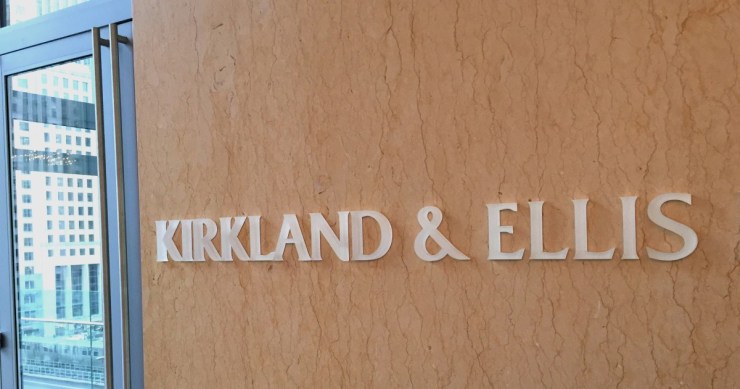Now Reading: Rights and Remedies – Legal Considerations for Those Impacted by Disasters and Floods
-
01
Rights and Remedies – Legal Considerations for Those Impacted by Disasters and Floods

Rights and Remedies – Legal Considerations for Those Impacted by Disasters and Floods
Disasters, floods and other natural catastrophes can cause untold economic destruction – displacing people from homes, businesses and communities with little or no insurance coverage. But all individuals are not without legal recourse when suffering at the hands of these natural disasters. By examining how Hurricane Sally survivors were able to recover damages due to negligence by a particular construction company, individuals can gain valuable insight into the legal rights of those affected by such disasters – including different laws and statutes one needs to be aware of in order for them to uphold their rights in rebuilding their lives throughout recovery processes.
The Journey of Damage Recovery from Hurricane Sally
Recovery after Hurricane Sally was no easy feat. But thanks to the quick action of residents and business owners who demanded their rights, Skanska’s negligence was put on full display when hundreds of lawsuits were filed in Florida state court over property damage due to their lack of proper preparation. Pensacola news journal reports that these suits revealed that Skanska had failed to move its barges according to protocol for a major hurricane event and didn’t have enough manpower at the site either – both which led them breaching into Butcherpen Cove during Hurricane Sally’s landfall 30 miles away from Pensacola. Skanska attempted turning this legal situation back around by filing an action in federal court claiming maritime law applied under the Limitation of Vessel Owner’s Liability Act (46 U.S.C. § 30501, et seq).
Safeguarding this position against the plague of lawsuits, Skanska put forth an intriguing concept that redefined the perspective altogether – asserting barges as not mere floating structures but vessels adrift on a U.S. waterway and hence fall under the purview of maritime law. To further strengthen their stand, they made use of the Limitation of Vessel Owner’s Liability Act – 46 U.S.C. § 30501 et seq., better known as “the Limitation Act” to attempt clamping down their liability. Ultimately a thought-provoking verdict emerged with courts confirming what everyone suspected – It concluded unanimously stating negligence resting with none other than Skanska indeed. The failure entirely resulted from inability exhibited towards taking sensible measures securing barges that were victimized during Hurricane Sally storm’s upturned frenzy.
How Statutes Can Be Your Ally in Upholding Rights
Delving into the legally intricate world affected by disasters and floods, one is bound to encounter key legislations in place that govern people’s rights. The U.S. Department of the Interior highlights that foremost among them is the Stafford Act, which meticulously chalks out the blueprint for how federal aid should bolster local, state, tribal, and territorial governments along with eligible private nonprofit organizations during times of disaster or emergencies pre-declared by the president. Parallelly supporting stressed communities devastated due to adversities are flexible structures granted under National Disaster Recovery Framework (NDRF). Under NDRF’s purview falls effective management of recovery support collaborating closely with impacted states, tribes or territories ensuring their swift journey towards normalcy.
But what about those caught off guard as individuals? The SHRM organization states that for employees who now find themselves grappling with issues caused inadvertently due to these natural outbursts comes much-needed solace via the Family and Medical Leave Act (FMLA). The FMLA empowers employees directly hit by such tragedies to gain rightful leave provisions while combating serious health conditions triggered because of these disruptive events. Another fundamental provision glimpsed within legal layouts designed focusing on employee welfare during such challenging situations is Employee Retirement Income Security Act (ERISA) seamlessly paired with Consolidated Omnibus Budget Reconciliation Act 1986(COBRA). With ERISA and COBRA protection in place, businesses are compelled to make strategic decisions that prioritize maintaining benefits for their employees.
The Impact of Water Damage Restoration Techniques
Water distress could originate from an assortment of causes – a burst pipe’s relentless gush flooding every corner indiscriminately, overflow from natural calamities drenching everything in sight, or numerous other unforeseen scenarios resulting in unwanted watery chaos. What differentiates this overwhelming situation with impending doom comes down to swift proactive steps taken timely towards effective water damage mitigation. Neither confined merely to extract accumulated pools nor limited only to fostering cleanliness around affected premises; water mitigation encompasses certain critical facets generally glossed over during common aversion processes for such disasters. One such essential pointer often overlooked revolves around decontamination measures requiring immediate attention post-clearance.
The ability for victims affected by Hurricane Sally’s damages being recognized is definitely something worth noting as it symbolizes strength within communities sticking together and calling out injustice where it stands necessary; resulting with repair or compensation not just for what individuals are owed themselves, but also offering insight on events such as these towards moving forward with better prevention tactics ahead should similar situations arise once more down the line. Similarly, knowing one’s legal rights and state laws can offer invaluable help in getting compensated for damages that result after disaster has struck. So, make sure to stay updated with your legal rights.










